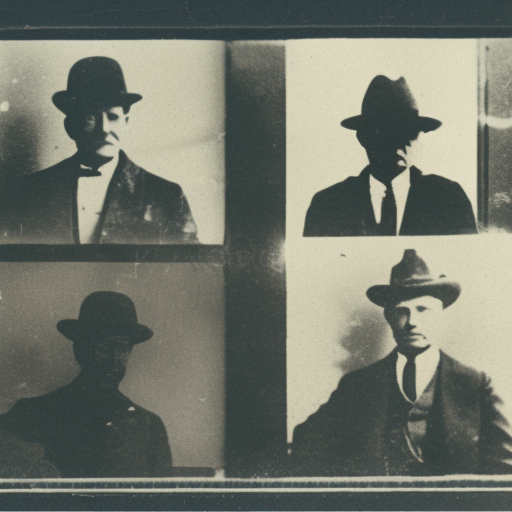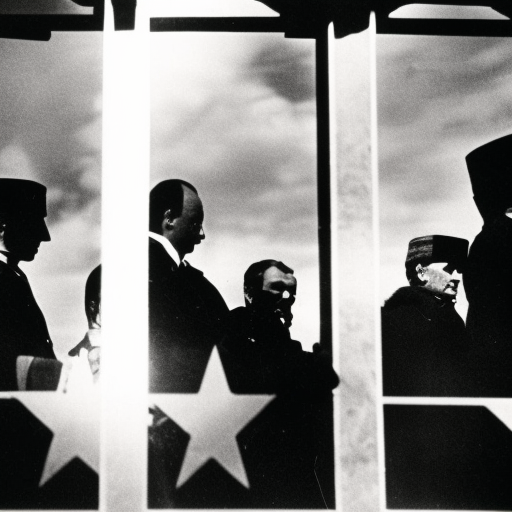The Schlieffen Plan: A Summary
The Schlieffen Plan was a military strategy devised by German General Alfred von Schlieffen in the early 20th century. It aimed to quickly defeat France in the event of a two-front war with France and Russia. The plan was developed in response to the complex geopolitical situation in Europe at the time, with Germany surrounded by potential enemies.
Background:
At the turn of the 20th century, tensions were high among European powers. Germany, under Kaiser Wilhelm II, feared a war on two fronts against France and Russia. The German General Staff, led by Alfred von Schlieffen, devised a plan to avoid this scenario and secure a quick victory.
The Plan:
The Schlieffen Plan called for a rapid invasion of France through neutral Belgium, bypassing the heavily fortified Franco-German border. The German army would swiftly encircle and defeat the French forces, capturing Paris and forcing France to surrender. This would then allow Germany to focus its full military might on the Eastern Front against Russia.
Implementation:
In August 1914, at the outbreak of World War I, Germany put the Schlieffen Plan into action. The German army invaded Belgium, violating its neutrality, and quickly advanced towards France. However, the plan faced several challenges and ultimately failed to achieve its objectives.
Challenges and Failures:
The first major challenge was the unexpected resistance from Belgian forces and the subsequent involvement of the British Expeditionary Force. This slowed down the German advance and disrupted the planned timetable. Additionally, the plan relied on a rapid victory in France, but the French put up a stronger defense than anticipated.
As the German army approached Paris, they encountered fierce resistance at the Battle of the Marne. The French and British forces successfully halted the German advance, forcing them to retreat. The failure to capture Paris and defeat France quickly undermined the Schlieffen Plan’s effectiveness.
Consequences:
The failure of the Schlieffen Plan had significant consequences for Germany and the course of World War I. The inability to secure a quick victory in the West forced Germany to fight a prolonged war on two fronts, stretching its resources and manpower. This ultimately led to a stalemate on the Western Front, with trench warfare dominating the conflict.
The failure of the Schlieffen Plan also had political consequences. General Schlieffen retired shortly after the plan’s failure, and his successor, General Erich von Falkenhayn, adopted a more defensive strategy. This shift in strategy contributed to the prolonged nature of the war and the immense casualties suffered by both sides.
Conclusion:
The Schlieffen Plan was a bold and ambitious military strategy designed to secure a swift victory for Germany in a two-front war. However, it faced numerous challenges and ultimately failed to achieve its objectives. The plan’s failure had far-reaching consequences for Germany and the course of World War I. Despite its shortcomings, the Schlieffen Plan remains a significant historical event, highlighting the complexities and uncertainties of military planning.












